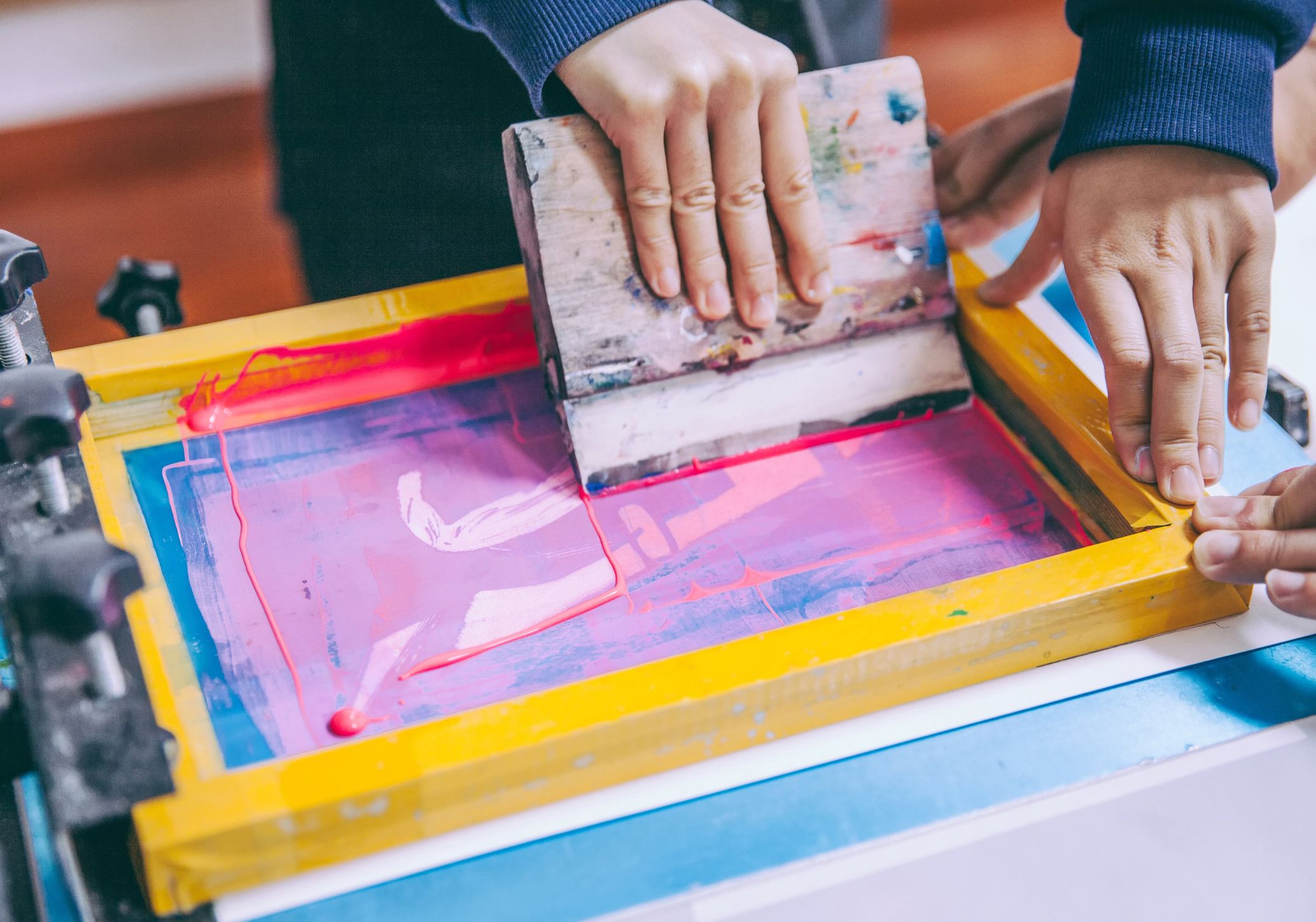.jpg)
The Future of Fashion Design: Exploring the Benefits of 3D Garment Assets
The Future of Fashion Design: Exploring the Benefits of 3D Garment Assets
As the fashion industry continues to evolve, so too does the technology that powers it. One of the most groundbreaking advancements in recent years is the creation of 3D garment assets. This innovative approach is transforming the way fashion designers conceptualize, design, and produce garments. In this blog post, we'll delve into the numerous benefits of 3D garment asset creation and how it's shaping the future of fashion design.
What are 3D Garment Assets?
3D garment assets are digital representations of garments created using advanced 3D software. These virtual prototypes allow designers to visualize how a garment will fit, move, and drape on the body, all within a digital environment.
The Benefits of 3D Garment Asset Creation
1. Faster Design Iterations
One of the most significant advantages of 3D garment asset creation is the ability to iterate designs quickly. Traditional design methods often require the creation of multiple physical prototypes to test ideas, a process that can be time-consuming and labor-intensive. With 3D garment assets, designers can make real-time adjustments to their designs, instantly visualizing changes in a virtual setting. This accelerates the design process and leads to more efficient iterations.
2. Improved Fit and Functionality
3D garment assets enable designers to refine the fit and functionality of their garments with precision. By simulating how a garment will fit on various body types and how fabrics will drape and move, designers gain a better understanding of the garment's real-life performance. This capability allows for more accurate adjustments, resulting in better-fitting and more functional clothing.
3. Reduced Waste
The traditional fashion design process often involves creating multiple physical prototypes, leading to significant material waste. In contrast, 3D garment asset creation allows designers to produce virtual prototypes, drastically reducing the need for physical samples. This not only cuts down on waste but also supports a more sustainable design process by minimizing the environmental impact of prototyping.
4. Increased Collaboration
Collaboration is a critical aspect of fashion design, and 3D garment assets enhance this by providing a digital platform where designers, manufacturers, and suppliers can work together seamlessly. With a digital representation of the garment, all stakeholders can view and provide feedback on the design in real-time, reducing miscommunication and streamlining the production process.
5. Cost Savings
Creating virtual prototypes instead of physical ones can lead to significant cost savings. Designers save money on materials and production costs, and the ease of sharing digital prototypes with manufacturers and suppliers eliminates the need for costly shipping and travel expenses. Overall, 3D garment asset creation can lead to a more cost-effective design and production process.
The Future of Fashion Design
As 3D garment asset creation becomes more prevalent in the fashion industry, we can expect to see even more innovative applications of this technology. Virtual try-on experiences, which allow customers to "try on" clothes in a digital environment, are becoming increasingly popular and have the potential to revolutionize online shopping. This technology can help customers find better-fitting clothes, reduce returns, and enhance the overall shopping experience.
Moreover, 3D garment asset creation is democratizing fashion design by making it more accessible to emerging designers. With lower barriers to entry, such as reduced need for expensive equipment and manufacturing facilities, more designers can bring their ideas to life and compete in the industry.
Conclusion
The future of fashion design is bright, thanks to the transformative power of 3D garment asset creation. By enabling faster design iterations, improving fit and functionality, reducing waste, enhancing collaboration, and cutting costs, this technology is revolutionizing the way fashion is designed and produced. As it continues to evolve, 3D garment asset creation will undoubtedly play a central role in shaping the future of the fashion industry, paving the way for even more exciting innovations.
Comments (0)
.jpg)
The Psychology of Fabric Prints: How to Use Colors and Patterns to Evoke Emotions
This blog explores the psychology behind fabric prints, including the effects of colors and patterns on human emotions, and provides tips for combining them to create impactful designs. It also covers the role of fabric in print design, with examples and











